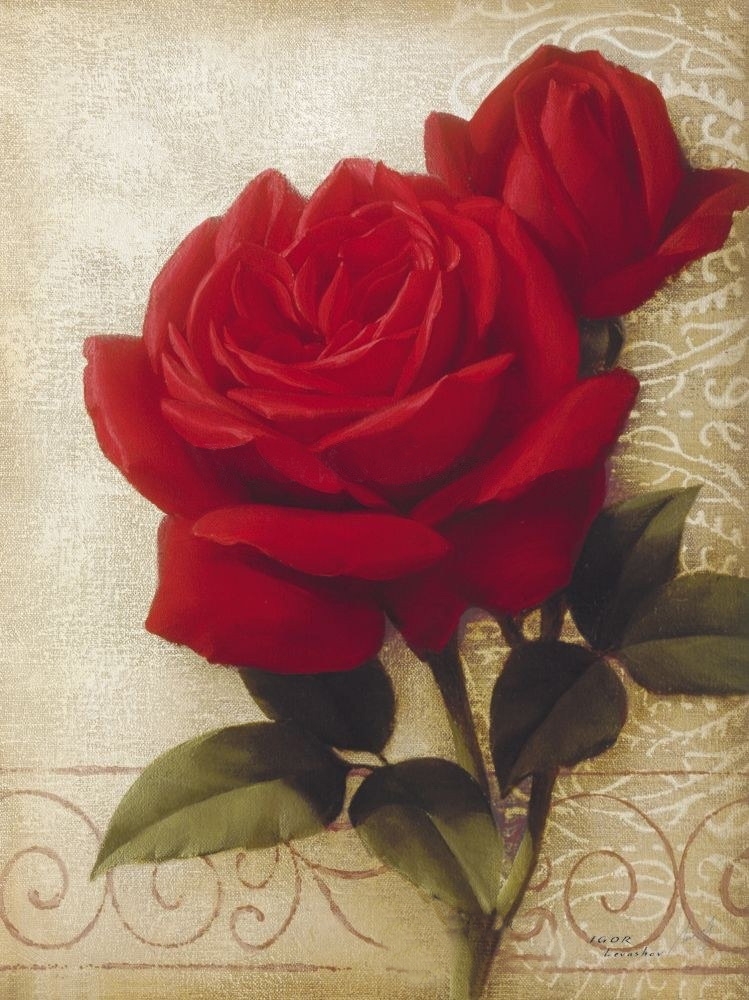Fernando Yáñez de la Almedina | Santa Caterina, 1510 | Museo Nacional del Prado
This is one of the Spanish Renaissance’s most emblematic depictions of a female figure and the best known of Yáñez de la Almedina’s works.
Both considerations are due to the visibility this work has received at the Museo del Prado, where it has been one of the essential icons in its galleries of 16th-century Spanish painting ever since it arrived in 1946.
According to Jacopo de la Vorágine’s The Golden Legend, Saint Catherine of Alexandria was a young, wise and virtuous princess who loved the Lord.
Fernando Yáñez de la Almedina (1489-1536) | Santa Caterina, 1510 | Museo Nacional del Prado








